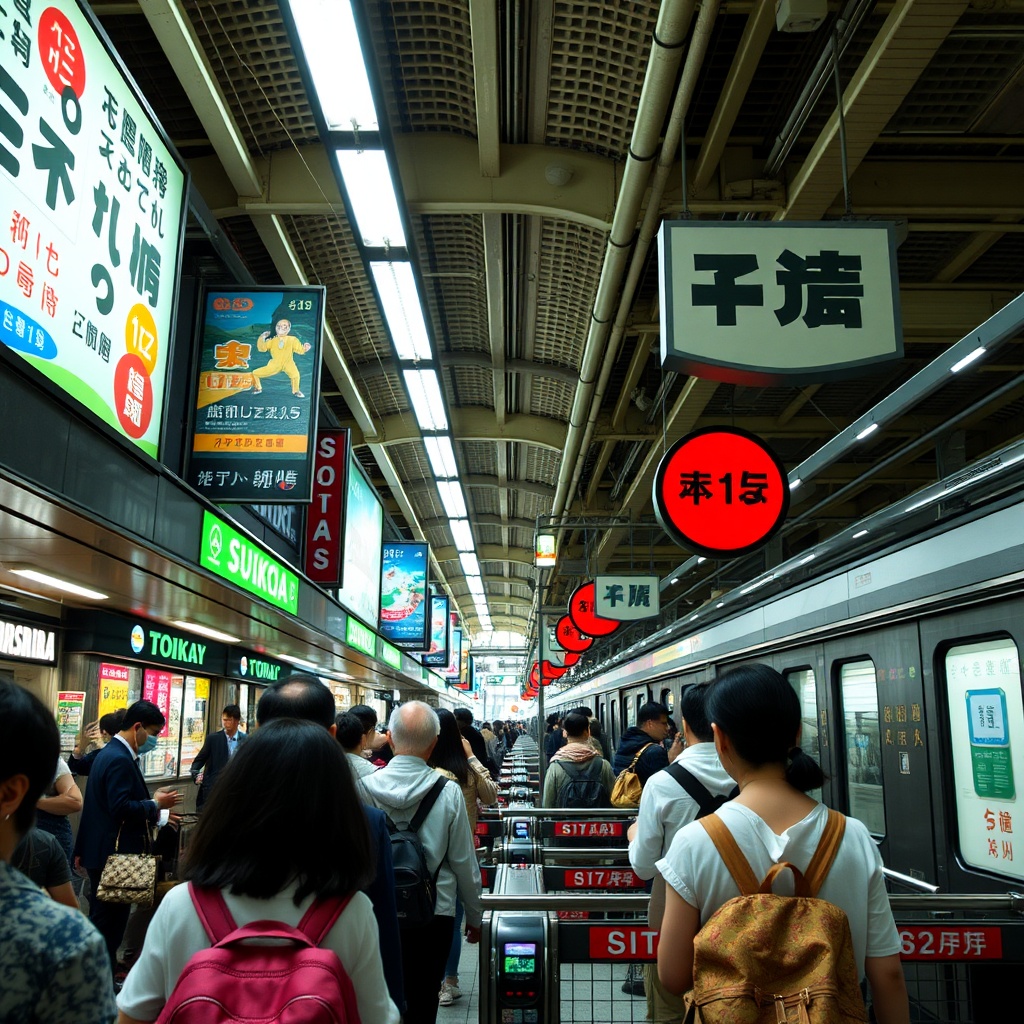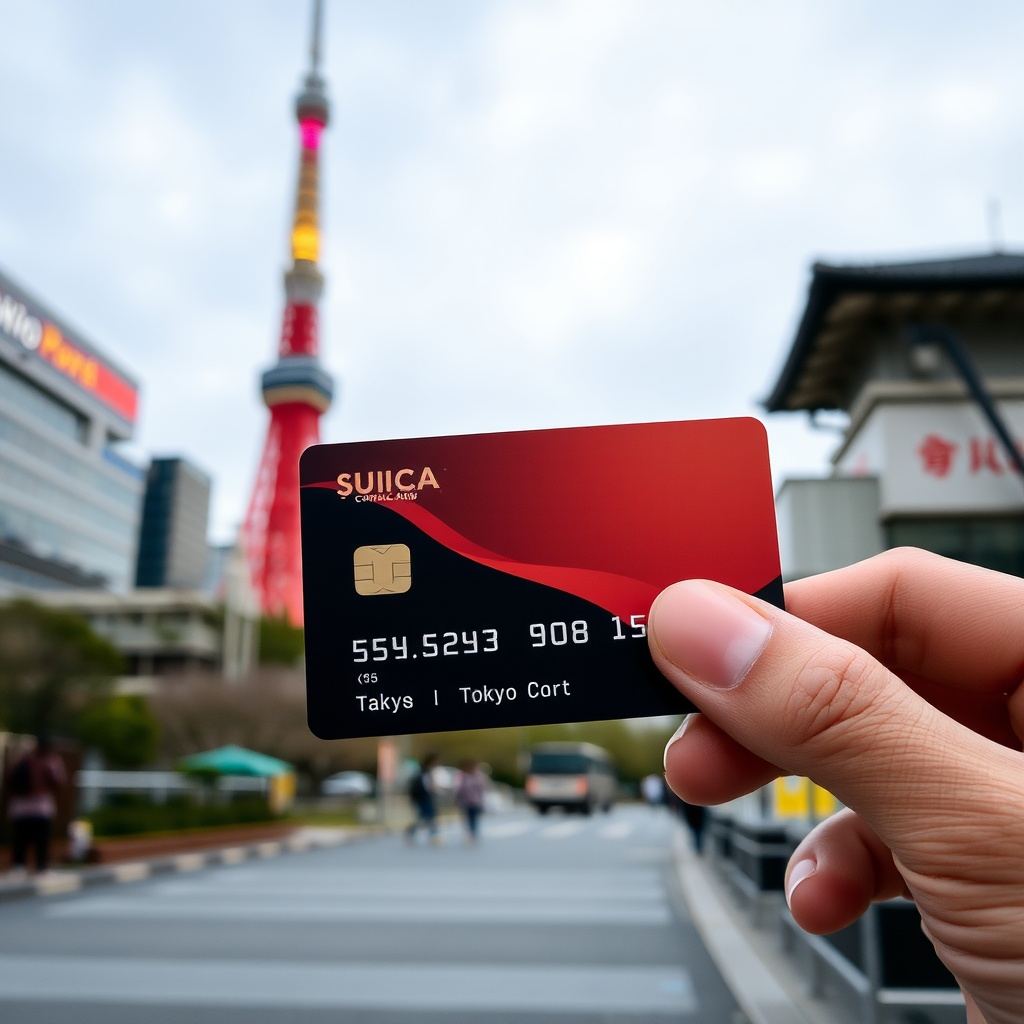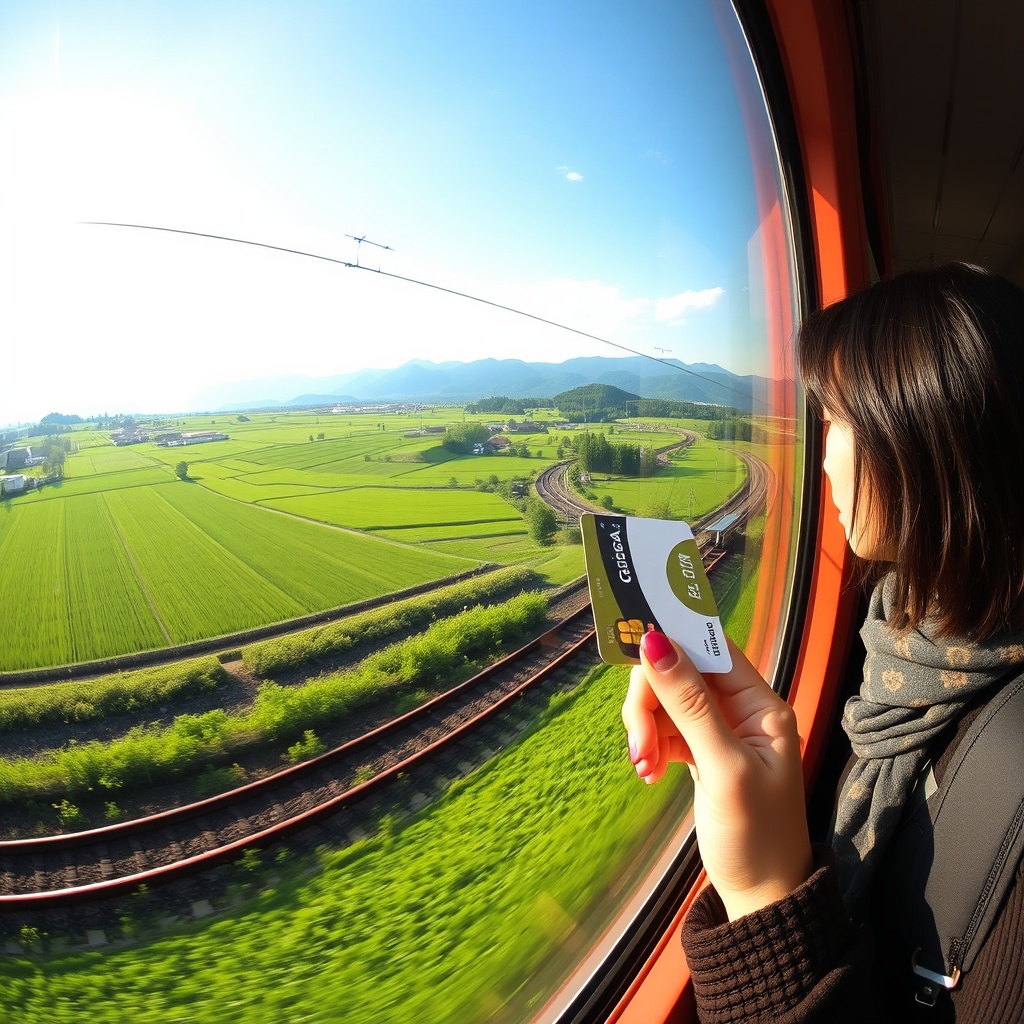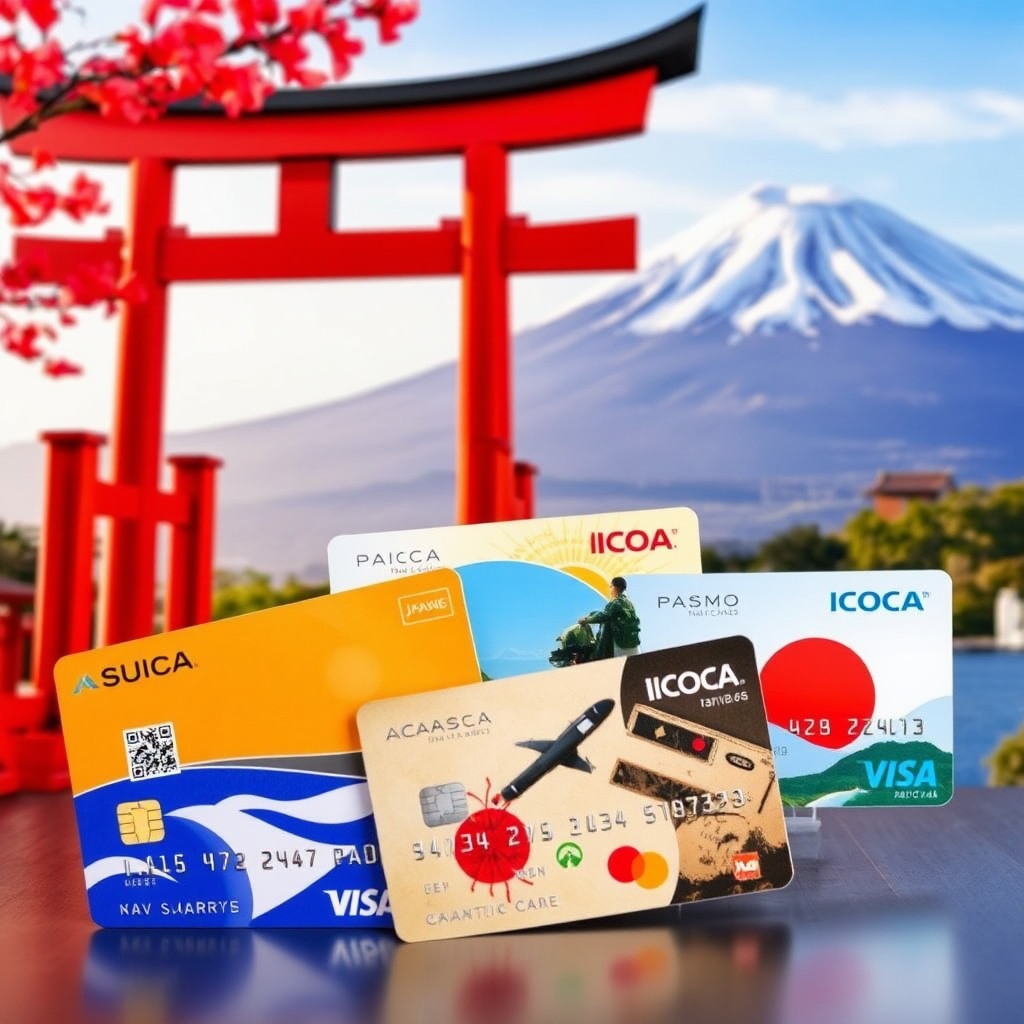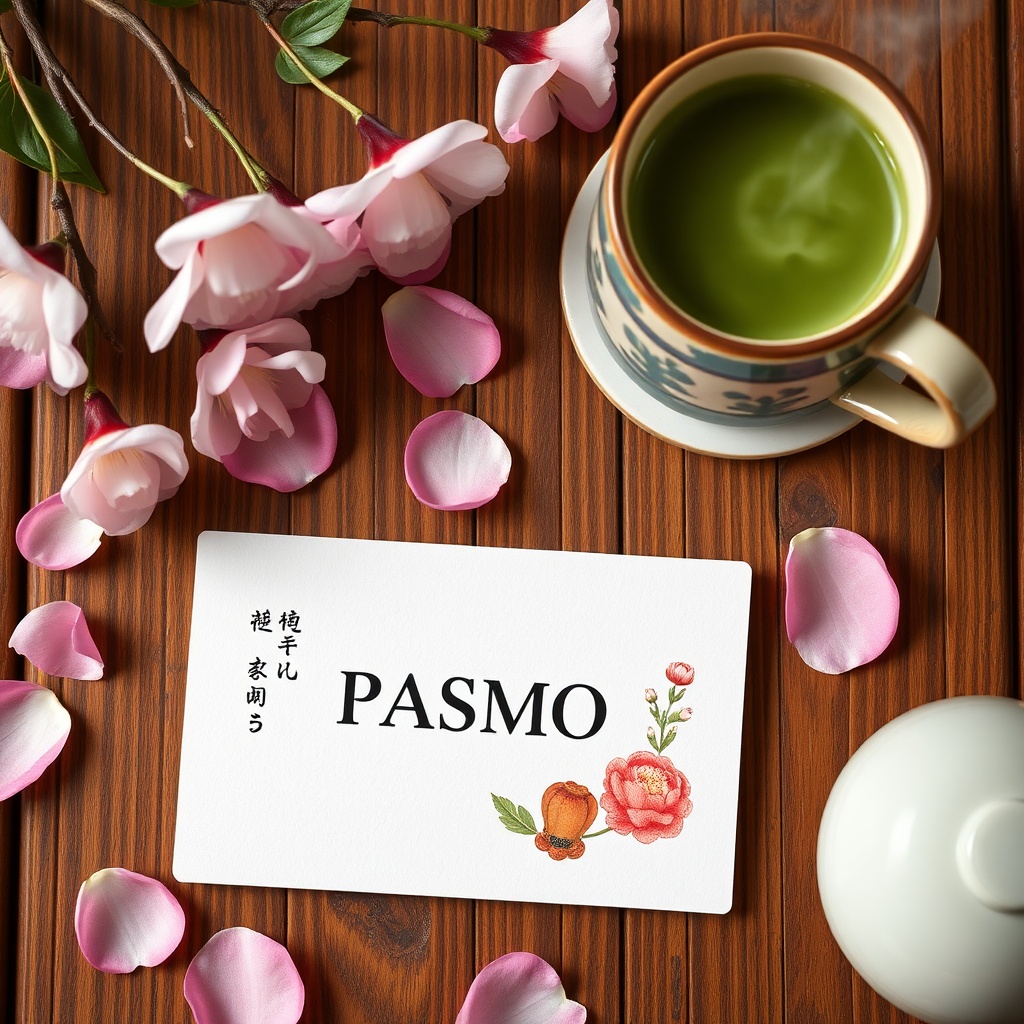Win a Free Trip to Japan!
Experience cherry blossoms and ancient temples
Welcome aboard the Japan travel train! If you’re a first timer, you might feel a bit like a lost tourist in a bustling city. No worries! Let’s decode the mystery surrounding travel card options like SUICA, PASMO, and ICOCA. These cards are your key to navigating Japan’s extensive and efficient transportation system, making travel a breeze!
What Are Travel Cards?
Travel cards in Japan, such as SUICA and PASMO, are not just fancy pieces of plastic to show off. They are pre-paid cards embedded with a chip that allows you to load money and simply touch on and off at train stations and even some vending machines. Think of them as your all-access pass to Japan’s public transport! But here’s the kicker: you don’t have to buy one! You can always opt for good old-fashioned single tickets if that feels more comfortable. It can actually be a fun family activity to figure out ticket costs and navigate the stations together!
Important Update!
As of August 2, 2023, the physical versions of PASMO and SUICA cards have been suspended due to a global semiconductor shortage. But hold onto your hats! These cards are set to return in Autumn 2024. In the meantime, you have some alternative options:
- Add a SUICA or PASMO to your iPhone wallet.
- Purchase a physical “Welcome SUICA” rechargeable card designed for tourists.
- Get a “PASMO Passport” rechargeable card, also tailored for tourists.
SUICA: Your Travel Buddy
Let’s dive into the SUICA card! This pre-paid travel card is a superstar in the world of Japanese transit. You can use it for traveling on JR trains, subways, and even some buses! It’s super convenient—just touch your card at the ticket gate, and you’re good to go! It’s important to note that each person needs their own card for public transport, so no sharing, folks!
Getting a SUICA card is a piece of cake! You can buy one at major JR Stations using vending machines or at JR offices. Just remember, a new card requires a 500 yen deposit. For families, there are cards for both adults and children—kids under six can ride for free, but if your little ones are over six, they’ll need their own cards!
If you’re living in Japan, you’ll want to grab a “MySUICA” card, which you can register with your personal info. This means if you lose it, you can easily get a new one without losing your loaded cash. Tourists, on the other hand, can snag a “Welcome SUICA” card, which requires no deposit and expires after 28 days. Just keep an eye on your balance; you won’t get a refund on any leftover funds before you leave!
But here’s a little tip: for shinkansen (bullet train) travel, it’s often easier to buy a paper ticket, as SUICA doesn’t cover the surcharge for those speedy trains. Plus, you might find yourself needing to load a hefty amount of yen onto your card just to ride the shinkansen!
PASMO: The Sibling Card
Next up is PASMO! If SUICA is the friendly neighbor, PASMO is the sibling living next door. The PASMO card works similarly to the SUICA card, allowing you to tap on and off for trains, subways, and some buses. You can easily purchase a PASMO at most stations via vending machines, just hit the English option and follow the prompts.
Want something special? You can get a limited edition PASMO card featuring your favorite Sanrio character! These collectibles are available at station counters and airports, adding a sprinkle of fun to your travel experience!
PASMO PASSPORT: Unlimited Fun
If you’re looking for an all-you-can-ride buffet of public transport, the PASMO Passport is just the thing! With two options available—a 5-day pass (7,200 yen for adults, 3,600 yen for children) and a 3-day pass (6,600 yen for adults, 3,000 yen for children)—you can ride unlimited on 13 private railway lines and various bus companies in the Kanto area. Just touch on and off for unlimited travel within your chosen timeframe!
ICOCA: Western Japan’s Gem
Now let’s venture into the western side of Japan with the ICOCA card! This card is essentially the same as SUICA and PASMO but is popular in cities like Kyoto and Osaka. You can easily purchase an ICOCA card at vending machines in most train stations, or you can even buy one online beforehand. It’s a fantastic option for those traveling in the western regions of Japan!
And don’t forget about the 24, 48, or 72-hour Tokyo Subway tickets. These offer unlimited subway travel within your time frame for a fixed price, making them super convenient for those who plan to explore extensively!
Handy Tools and Tips
Before you set off, consider downloading the Japan Official Travel App. This handy tool can be a lifesaver during emergencies, helping you locate supermarkets, drugstores, and even free Wi-Fi zones! You’ll also find information on discounted travel tickets, making it a must-have for any traveler.
What If Your Card Runs Out of Money?
No panic needed! If your SUICA or PASMO runs out mid-journey, simply visit the Fare Adjustment machine at the exit. It will calculate your balance, and you can pay what you owe right then and there. Easy peasy!
Final Thoughts
Whether you’re traveling alone or with family, navigating Japan’s transportation system with travel cards can be a delightful experience. With a little preparation and a sense of adventure, you’ll be whizzing around the cities in no time! Happy travels!
